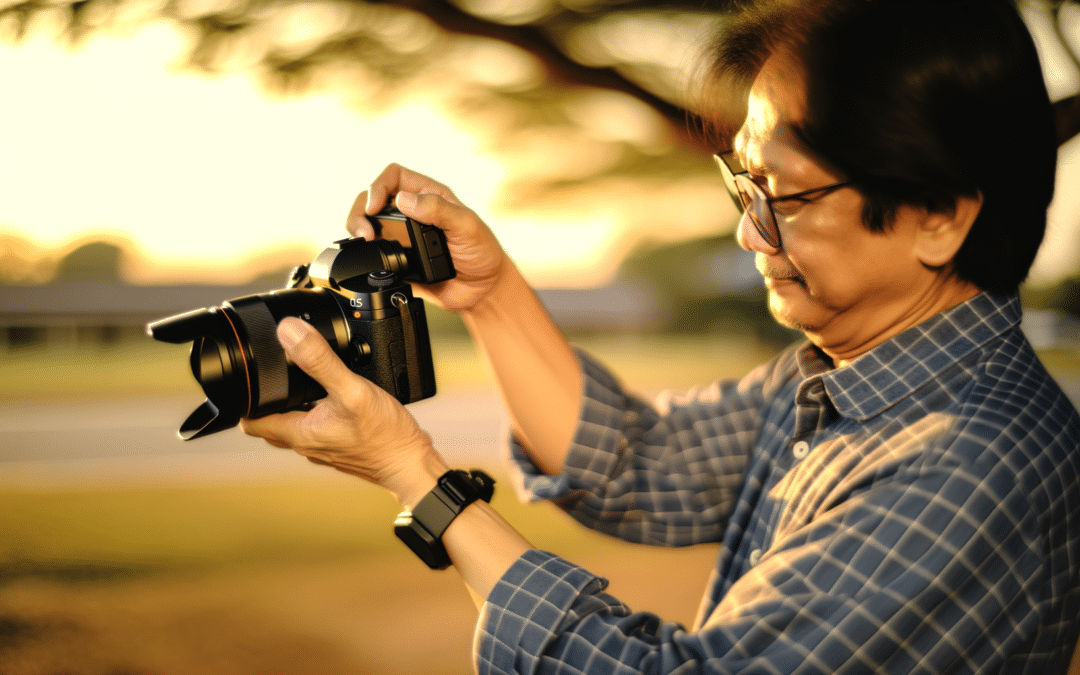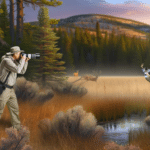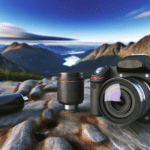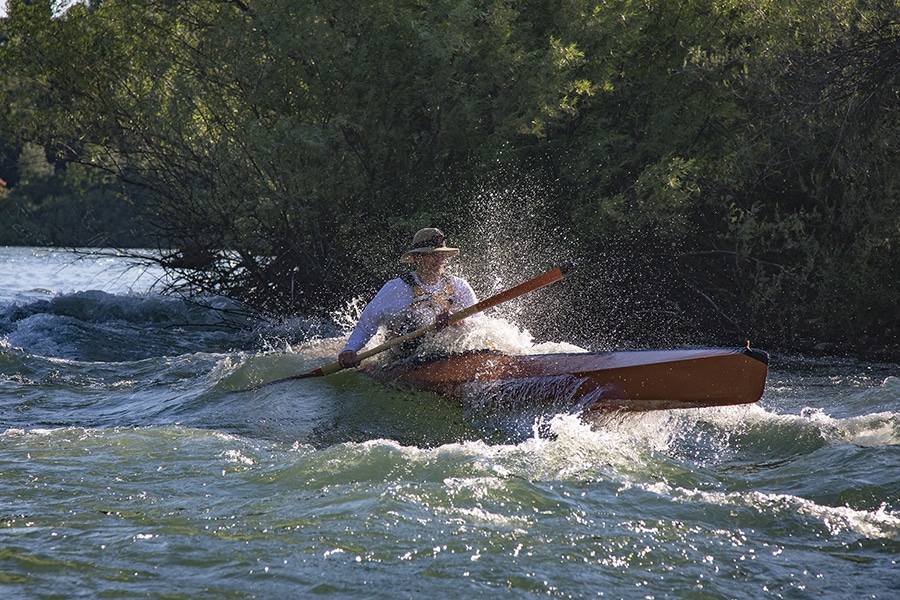Less than three years ago, Canon launched its first two truly impressive full-frame mirrorless cameras – the 45MP Canon EOS R5 and the 20MP, yet high-performing EOS R6. The EOS R6 offered similar tracking capabilities and burst speeds to the EOS R5 but at a more affordable price. Since then, Canon introduced the sports-centric Canon EOS R3, and their latest release, the Canon EOS R6 MK II, inherits much of the advanced focus technology at a lower price point of approximately $2500 USD. This marks the first “Mark II” iteration in Canon’s full-frame mirrorless lineup, with the R6 MKII showcasing the hallmarks of a refined, mature second-generation product. Its standout specifications include a new 24.2MP full-frame CMOS sensor and an electronic shutter capable of up to 40FPS. However, the R6 MKII’s overall performance and exceptional autofocus capabilities are what truly make it a pleasure to use.
The autofocus system’s robust “Auto” mode is particularly noteworthy, allowing seamless subject tracking transitions from humans to animals with reliable detection. Canon’s ergonomic design for their R series cameras is mostly successful, with comfortable grips and well-placed dials and buttons. However, they have made a perplexing change to the ON | LOCK | OFF switch, moving it to the opposite side of the camera and replacing the traditional location with a STILLS/VIDEO switch. This change can be confusing for users with muscle memory from previous models, leading to inadvertent mode switches. This may be a minor ergonomic frustration, but it detracts from an otherwise excellent handling experience.
Canon’s R series cameras are powerful and well-crafted, each serving a distinct purpose. The author’s history as a Canon shooter and reviewer is evident, yet there is a sense of regret in steering potential buyers away from Canon due to their aggressive stance against third-party lens options for the RF platform. This has led to the discontinuation of Samyang AF lenses and the withdrawal of Viltrox options due to legal threats. The absence of Sigma and Tamron lenses on the Canon RF platform leaves a gap in the market, as these manufacturers produce high-quality lenses for Sony, Fuji, and Nikon. Canon RF lenses are either prohibitively expensive (L series) or significantly compromised (non-L lenses), lacking in features and autofocus performance. This limitation is not the fault of the camera but is a consideration when investing in the Canon system.
The EOS R6 MKII is a well-positioned camera with a competitive list of features, including 4K60 10-bit internal video, C-Log 3, external 6K ProRes RAW recording, Dual Pixel CMOS AF II, 12 fps mechanical shutter, 40 fps electronic shutter, sensor-shift 5-axis image stabilization, and more. The camera’s build and handling feel familiar and comfortable, with a deep grip and ample space between the mount and grip. It also features a 3.69m-dot OLED EVF and a 3″ 1.62m-dot vari-angle touchscreen LCD. The memory card slots accommodate dual UHS-II cards, and the camera offers both manual and electronic shutter options, with the manual shutter boasting an impressive 400,000 actuation rating.
The EOS R6 MKII inherits the EOS R3’s advanced autofocus system, covering nearly 100% of the sensor area with 1053 focus zones. The system utilizes Deep Learning for superior subject recognition and tracking. The autofocus performs exceptionally well in various settings, with impressive sensitivity down to -6.5 EV. Despite the camera’s strong focus capabilities, tracking small, erratic subjects like butterflies can be challenging.
The camera’s buffer depth for RAW images has decreased compared to the original R6, but there are workarounds such as using Compressed RAW to extend buffer capacity. The EOS R6 MKII also features a RAW Burst Mode, capturing images slightly before the shutter button is fully pressed at a 30FPS rate.
In terms of video performance, the EOS R6 MKII records 4K60 video with 6K oversampling across the full sensor width. It offers a variety of video formats and resolutions, with the ability to output 6K ProRes RAW externally. The camera also includes Canon Log 3 and HDR PQ for higher dynamic range footage.
The new 24MP sensor in the EOS R6 MKII delivers detailed images with good dynamic range and excellent ISO performance. The sensor’s dynamic range is competitive, with the ability to recover shadows and highlights effectively. ISO performance remains strong up to higher sensitivities, making it suitable for low-light situations.
Overall, the Canon EOS R6 MKII is a significant improvement over its predecessor, offering a robust feature set and excellent performance. While there are some criticisms, such as the placement of the ON/OFF switch and the lack of third-party lens support, the camera stands out as a highly capable full-frame option priced at $2500 USD. It is expected to become one of Canon’s best-selling full-frame models, with a balance of great sensor quality, ergonomics, autofocus, and video capabilities.
Pros:
– Excellent new sensor
– Mostly intuitive ergonomics
– Outstanding IBIS system
– Exceptional autofocus system
– Effective auto tracking detection mode
– Responsive articulating touchscreen
– High burst rates with mechanical or electronic shutter
– Comprehensive video options and resolutions
– Strong ISO performance and dynamic range
Cons:
– Inconsistent placement of ON/OFF switches
– Lack of third-party autofocus lenses limits the Canon mirrorless ecosystem’s appeal
– The micro-HDMI port is not ideal for serious video work
– In-camera battery charging requires an additional adapter
The camera was tested with various gear, including the Peak Design Leash Strap, Adobe Photoshop Creative Cloud, and other equipment from B&H and Amplis Foto, with discounts available through provided codes.
DISCLAIMER: The article includes affiliate links, and the author may receive a commission for purchases made through these links. As an Amazon Associate, the author earns from qualifying purchases.






